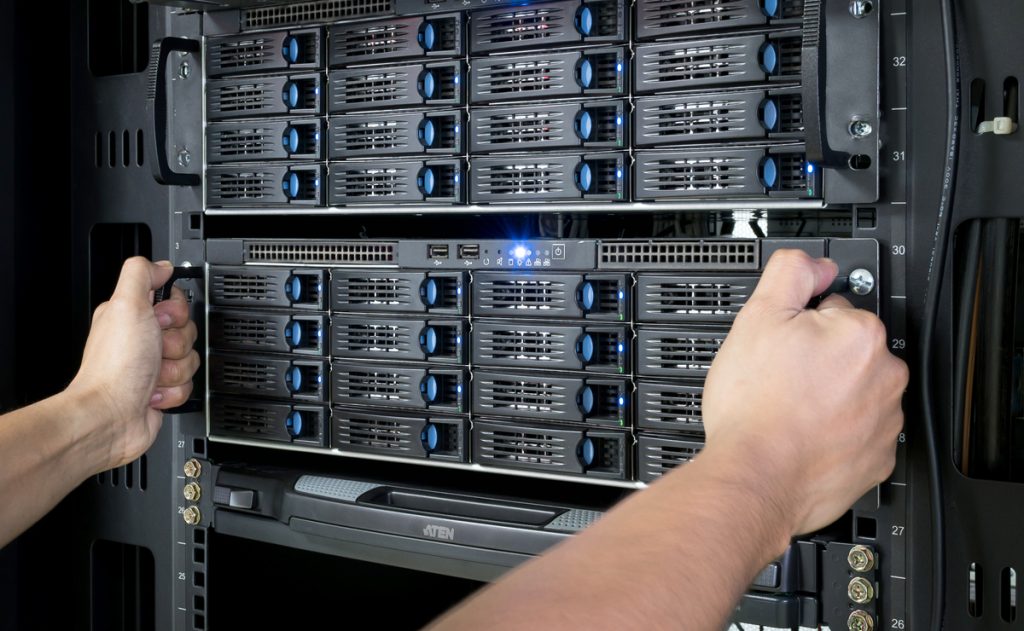Storage requirements are ballooning quickly! – isn’t that cool….
Storage plays a vital role in day-to-day life—from mobile storage to enterprise storage—to store important data such as private documents, images, and videos.
Enterprise storage system is a central nervous system for businesses as it offers standard data management and security, as well as data sharing functions via connecting to several computer systems.
As the number of devices is increasing, so does data as businesses are accepting the digital platform. Therefore, the data sphere is anticipated to grow up to 163 Zettabytes by 2025. Thus, storage needs a makeover.
When we talk about storage issues faced by consumers and enterprises, they are not at all different. For instance, an iPhone user always says that I’ll run out of my storage space while recording video. Enterprises face the same set of storage issues but on a larger scale.
To stay ahead of the competition, organizations build storage infrastructure. These storage infrastructures can support the growth and mobility of data to ensure flexibility in the coming years.
What is storage?
Storage is one of the most important things in IT (Information technology), and the demand for an enterprise storage system is continuously increasing. There are three vital types of storage an enterprise may consider:
- Storage Area Network (SAN) is a type of storage that describes a data network, which allows consumers to connect to centralized storage space at block I/O level through a network.
- Direct Attached Storage (DAS) is a type of storage that is directly linked to a server in the form of Small Computer System Interface (SCSI), Statistical Analysis System (SAS), and Serial AT Attachment/Serial Advanced Technology Attachment (SATA) disks with an embedded array control.
- Network Attached Storage (NAS) is a type of storage that refers to either a server offering file-sharing services to the network or an appliance that provides management services, data storage, and access.
Let’s take a look at the past journey of enterprise storage (Gen I)
At the start of the 60s, computers converted from vacuum tube to solid-state devices such as a transistor. These early computers used magnetic tape drives with 1–2 MB capacity and transferred data at less than 10 KB per second. At the same time, the present Linear Tape-Open (LTO) drives can store up to 6 TB data at a speed of 300 MB per second.
The first-generation (Gen I) data warehouses offer several advantages beyond the simplicity of deployment:
- They can scale down and scale up as business needs change.
- It allowed the development of new sessions of applications.
- They were designed for security and resiliency.
For instance, EMC Symmetrix was the first to be fueled by the commoditization of a high-speed internal network. Over the days, storage got tons of features for reliability, durability, and scale. Thus, it got too bloated and expensive.
However, it is believed that in time, traditional storage solutions would not efficiently accommodate the demand for storing massive quantities of vast and unstructured data. Therefore, enterprises started to look for alternatives to solve the issue of rapidly expanding digital data growth.
Any which way, performance advances with each generation.
The present (Gen II) – where we are today
IoT and an eclectic compilation of connected devices compound the issues of the past. However, at present, data generated by millions of users and personal devices are challenging organizations. Now, the data flood is widespread and is touching every enterprise department and spanning across verticals.
Today’s businesses must manage excess data stores that support petabytes of information. The increasing pressure for organizations to become more agile has shaped the business case for a new approach.
One of the best examples for Gen II is container storage. Containerized applications can consist of hundreds and thousands of individual-related containers, each introducing unique and distinct scalable managing modules of the overall application process. It allows users to easily deploy and develop stateless microservice strata of a product as a kind of agile middleware, with no persistent data storage required. Thus, it is gaining popularity among enterprises.
As a result, container vendors such as Kubernetes and Docker started to get some level of persistent data storage support to containers.
How will the future of IT enterprise look? – where are we going!
The past and present are fascinating to look at how far we have come. But the real fun is to look at the future. What will data centers look like in the 2021s and beyond?
Researchers say it will be more like “software-defined.” As per Gartner reports (2019), about 70% of present storage array products will be available as a software-only version. Software-defined storage (SDS) technology allows both file/block and object-level storage to be moved across virtualized environments. Thus, allowing portability, vendor agnosticism, scalability, and the ability to reuse old or commodity hardware as extra storage.
For instance, SUSE Enterprise Storage, powered by Ceph, is a resilient and highly scalable software-based storage solution. It allows an organization to build cost-effective and highly scalable storage using off-the-shelf commodity servers and disk drives. Also, it is self-managing and self-healing and scales from terabytes to the multi-petabyte storage network. Hence, it will allow IT enterprises to deliver the agility businesses demand to consumers.
According to SUSE, IT enterprise storage will transition into two tiers or classes of storage. Less latency-sensitive data will transition to scale-out storage. Latency sensitive data will be deployed on solid-state.
There are also open compute projects and initiatives that will help enterprises to assemble cloud-based storage systems themselves.
Summing it up
The story’s overall aim is to prepare enterprises to practice effective data storage techniques and make them aware of distinguishing essential data. Differentiation of data totally depends on business productivity, efficiency, and cost.
To know more about storage and IT Infra topics, download our latest whitepapers on storage.













